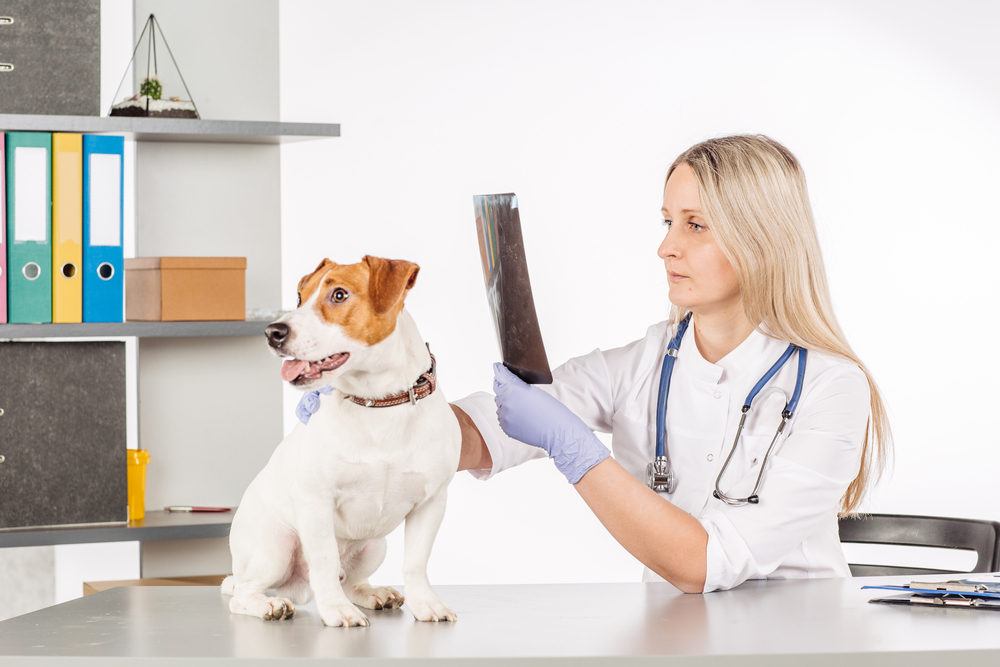
The Importance of Dental X-rays in Pets
When it comes to pet health, dental care often gets overlooked, even though it plays a significant role in their overall well-being. Our furry companions can suffer from various dental issues, including infections, broken teeth, and gum disease. Unfortunately, many of these problems hide beneath the gumline, making it difficult to detect through a simple visual examination. This is where dental X-rays come into play.
Why Are Dental X-rays Important for Pets?
Dental X-rays, or radiographs, allow veterinarians to see what’s happening beneath the surface of your pet’s gums. Since around 60% of a tooth's structure is hidden below the gumline, X-rays provide essential insights that a routine exam cannot.
Detecting Hidden Problems
Some dental issues in pets, such as root fractures, abscesses, and impacted teeth, are not visible during a standard oral exam. These hidden problems can cause significant pain or lead to more severe health conditions if left untreated. X-rays enable your vet to detect and treat these issues early, preventing unnecessary discomfort for your pet.
Assessing Tooth and Jaw Health
Dental X-rays are crucial for evaluating the health of your pet’s teeth and jawbones. Conditions such as bone loss from periodontal disease or tooth root infections are invisible to the naked eye. Identifying these problems early through X-rays helps your vet develop a more effective treatment plan, potentially saving teeth that might otherwise need extraction.
Monitoring Oral Disease Progression
If your pet has been diagnosed with periodontal disease or other dental conditions, routine X-rays are essential for monitoring their progress. They allow your vet to see how well treatments are working and if any adjustments are needed to ensure your pet’s oral health is on track.
Guiding Treatment Plans
When planning dental treatments like extractions or root canal therapy, X-rays help vets understand the full extent of the problem. X-rays provide a roadmap for procedures, helping ensure that treatments are as accurate and effective as possible.
What to Expect During Your Pet’s Dental X-rays
Dental X-rays for pets are typically performed under anesthesia. While this might sound intimidating, it ensures your pet remains still and comfortable during the procedure. Anesthesia also allows the veterinarian to get clear and detailed images of your pet's teeth, roots, and surrounding bone structure. The procedure is safe and commonly used in veterinary practices.
Once the X-rays are taken, your vet will carefully review them to look for signs of dental disease or hidden issues. Depending on the findings, your pet may need additional treatments, such as deep cleaning, tooth extraction, or other dental care procedures.
The Long-Term Benefits of Dental X-rays
Investing in your pet’s dental health by including routine X-rays can significantly improve their quality of life. Addressing dental issues early prevents pain, tooth loss, and potential infections that could spread to other organs, like the heart and kidneys. With regular dental check-ups, including X-rays, you’re helping your pet live a happier and healthier life.
Optimizing Your Pet’s Dental Health with True Animal Vet
Dental X-rays are an essential tool for maintaining your pet’s oral health. They help vets diagnose hidden problems, assess the health of teeth and bones, and guide treatment plans. By making dental X-rays a routine part of your pet’s health care, you’re giving them the best chance for a pain-free and healthy mouth, which is key to their overall well-being.
At True Animal Vet, we understand the importance of comprehensive dental care, and our team is dedicated to ensuring your pet’s teeth and gums stay healthy. If you have any concerns about your pet’s dental health or would like to schedule a dental X-ray, visit our clinic in The Woodlands, Texas (77381), call (281) 867-5968 or text (281) 916-3282 to book an appointment today.










